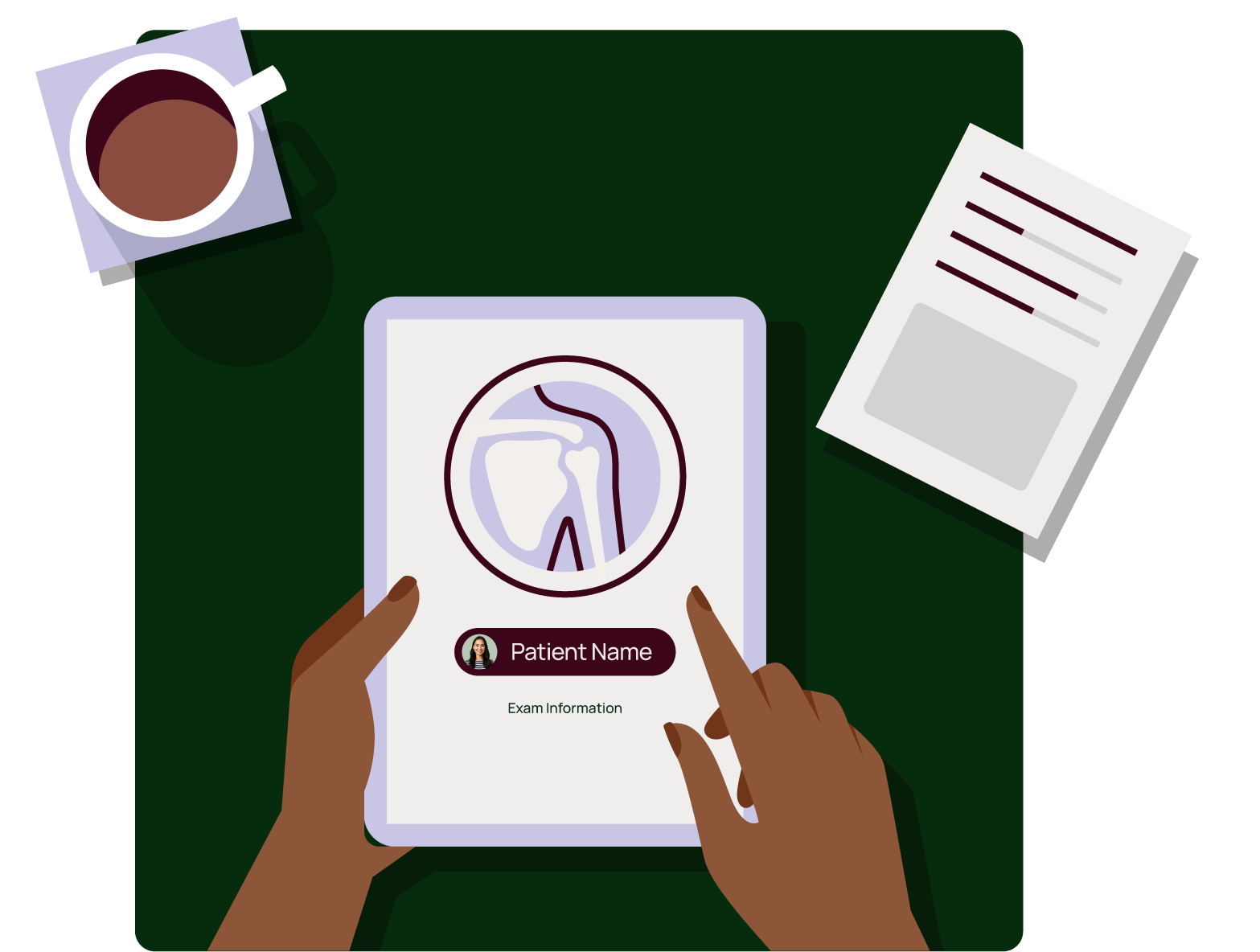Patient engagement has become a major competitive differentiator and has been driven by an increase in demand for transparency in medical care. Patients are no longer satisfied with fragmented communication or delayed access to their own records. They expect to view test results, manage care, and communicate with providers on their own time, from their own devices.
Tools like Epic’s MyChart were designed to meet this need, providing access to labs, prescriptions, and visit summaries. Despite the popularization of these tools, one critical piece of the care experience remains disconnected: medical imaging.
Patients often wait days or even weeks for access to imaging results. Historically, patients have been handed a CD or access to an entirely different system to view their scans, adding an extra step and delaying delivery. Imaging is an important diagnostic component that often shapes the treatment plan, so this disconnect often leads to dissatisfaction. This is especially true for those managing chronic conditions or facing complex care decisions.
Patients Want More Than Engagement, They Want Autonomy
Today’s patients expect not only visibility into their records, but also the ability to act on them. When imaging is delayed or hidden behind technical barriers, it undercuts the engagement and agency health systems are working to build.
Recent research shows that 96% of patients prefer immediate access to test results via patient portals, even before their provider has reviewed them. This reflects a growing desire for ownership and emotional preparedness. Patients want time to review, research, and process their results in advance so they can show up informed and ready to participate in care decisions.
This need is especially pronounced for patients living with chronic or complex conditions, who often navigate care across multiple providers and specialties. These patients are frequently coordinating care with oncologists, primary care providers, surgeons, therapists, etc., and imaging plays a central role in almost every encounter. When patients can’t easily access or share their own imaging, it adds friction to every step of that journey.
Providing timely, diagnostic-quality imaging access within a familiar portal like MyChart turns it into a true hub of continuity where patients can return to between visits, during moments of uncertainty, or when preparing for a second opinion. Instead of relying on phone calls, mailed discs, or repeated imaging, patients are empowered to share their records with clarity and confidence.
When imaging access is integrated into the tools patients already use, it creates a stronger foundation for long-term engagement, communication, and partnership in care.
Closing the Gap Starts with Integration
The key to improving patient engagement does not lie in introducing a new platform, rather enhancing the one that patients and providers already trust. By embedding imaging directly into Epic’s MyChart, health systems can eliminate the fragmentation that interferes with sharing and managing imaging.
This integration also deepens the relationship between patients and their health system. When imaging is easily accessible through the same portal patients already use to manage other aspects of their care, it reinforces MyChart as a trusted, go-to destination before and after appointments.
Over time, this consistency builds familiarity, confidence, and loyalty. Patients are more likely to stay engaged with providers who make it easy to access and understand their own health data, especially during complex or emotionally charged care moments.
For hospitals, it’s also a strategic extension of an existing investment. Rather than bolting on another siloed tool, integrating InteleShare™ with MyChart enhances what’s already in place. This strengthens patient communication, improves provider workflows, and lays the groundwork for more connected, patient-centered care.
Real Results of a Connected Imaging Experience
When patients are empowered with access to their imaging, engagement improves. Health systems that paired thoughtful portal design with direct provider encouragement saw MyChart registration rates more than double, and patient use of pre-visit tools rose by over 25 percent. Giving patients clear, centralized access to their records—including imaging—strengthens trust and invites deeper participation across the care journey.
And that’s just the beginning.
To learn how leading hospitals are transforming imaging access into a strategic advantage for both patients and the enterprise, read our latest white paper:





